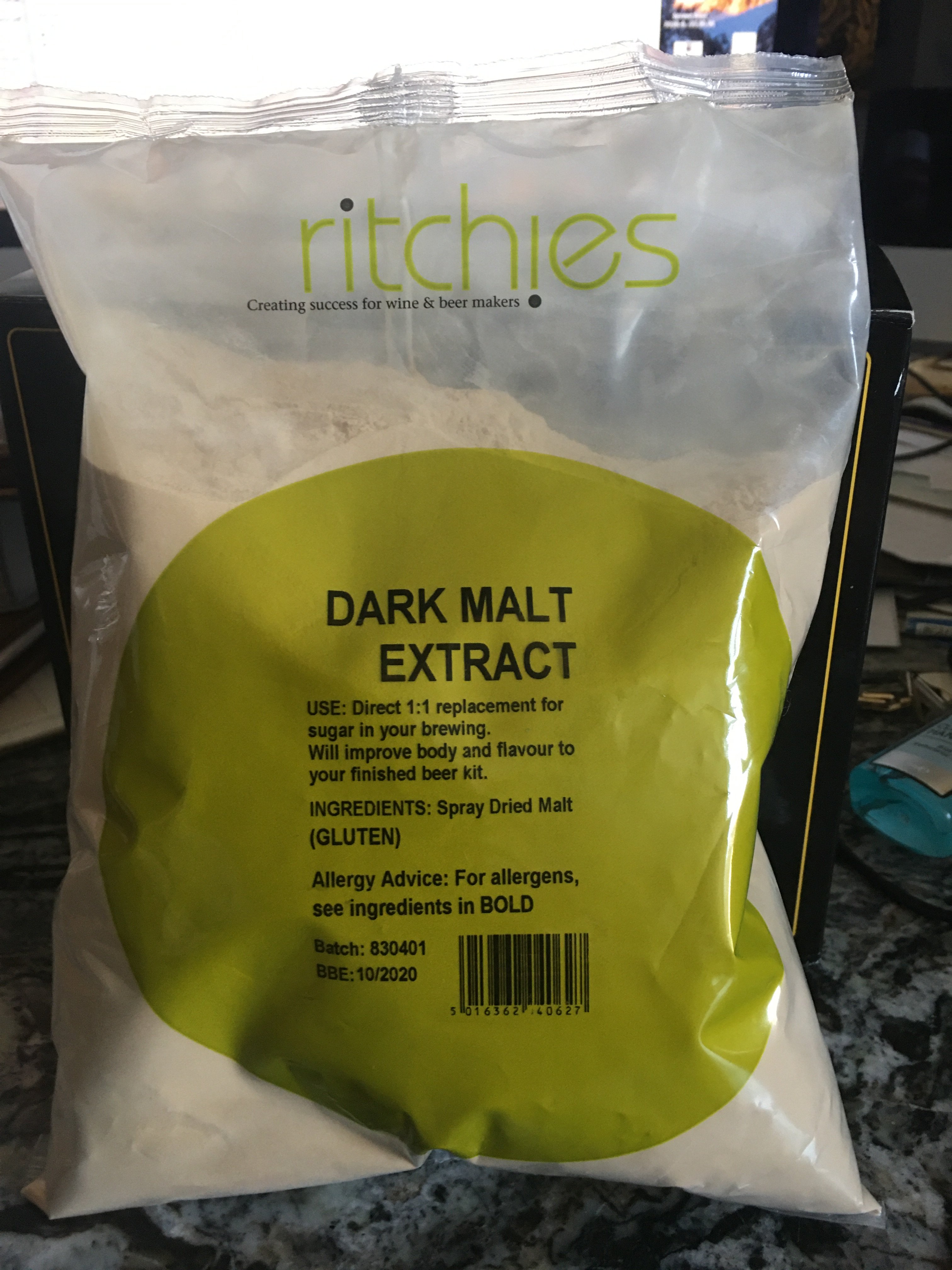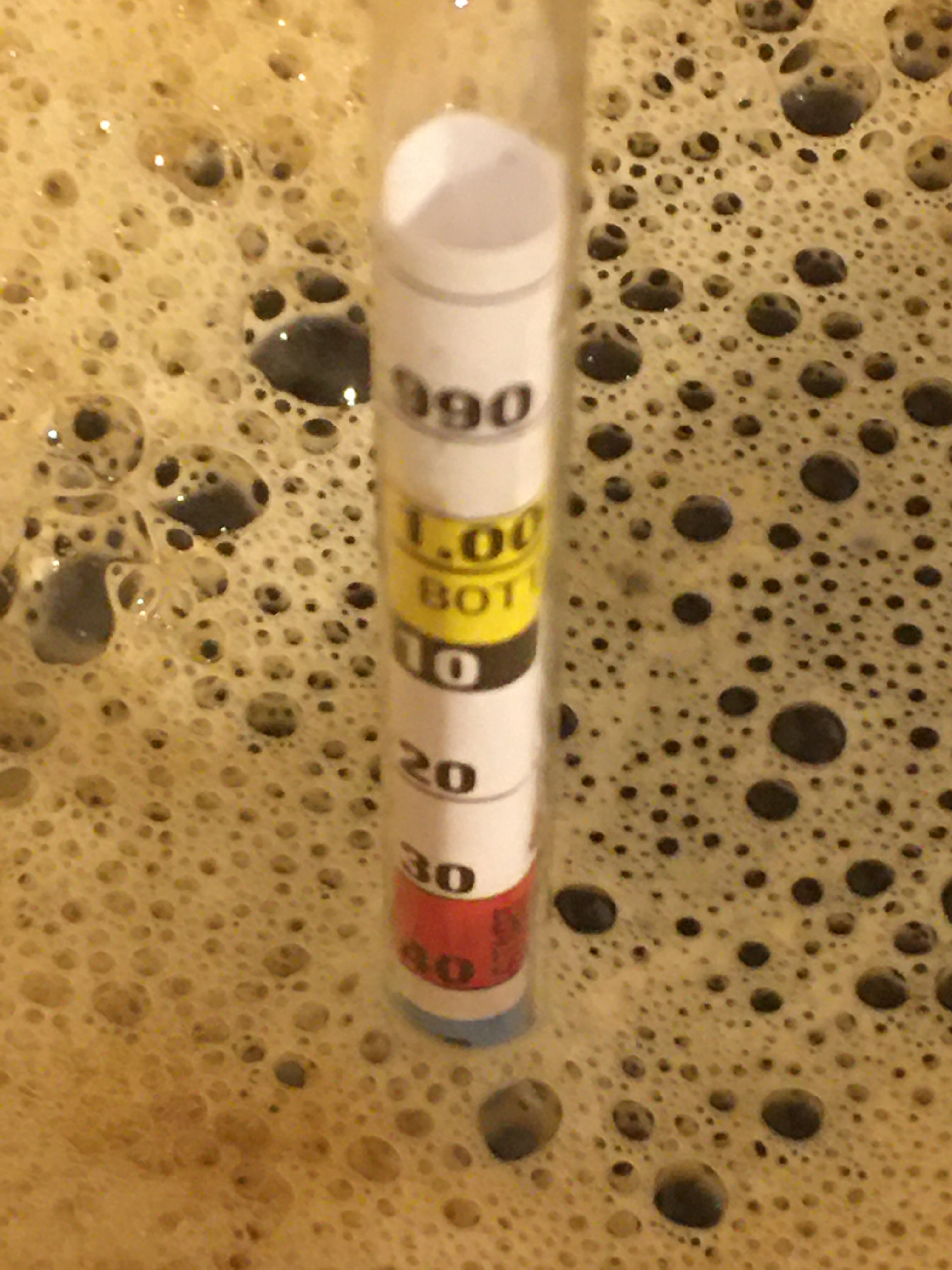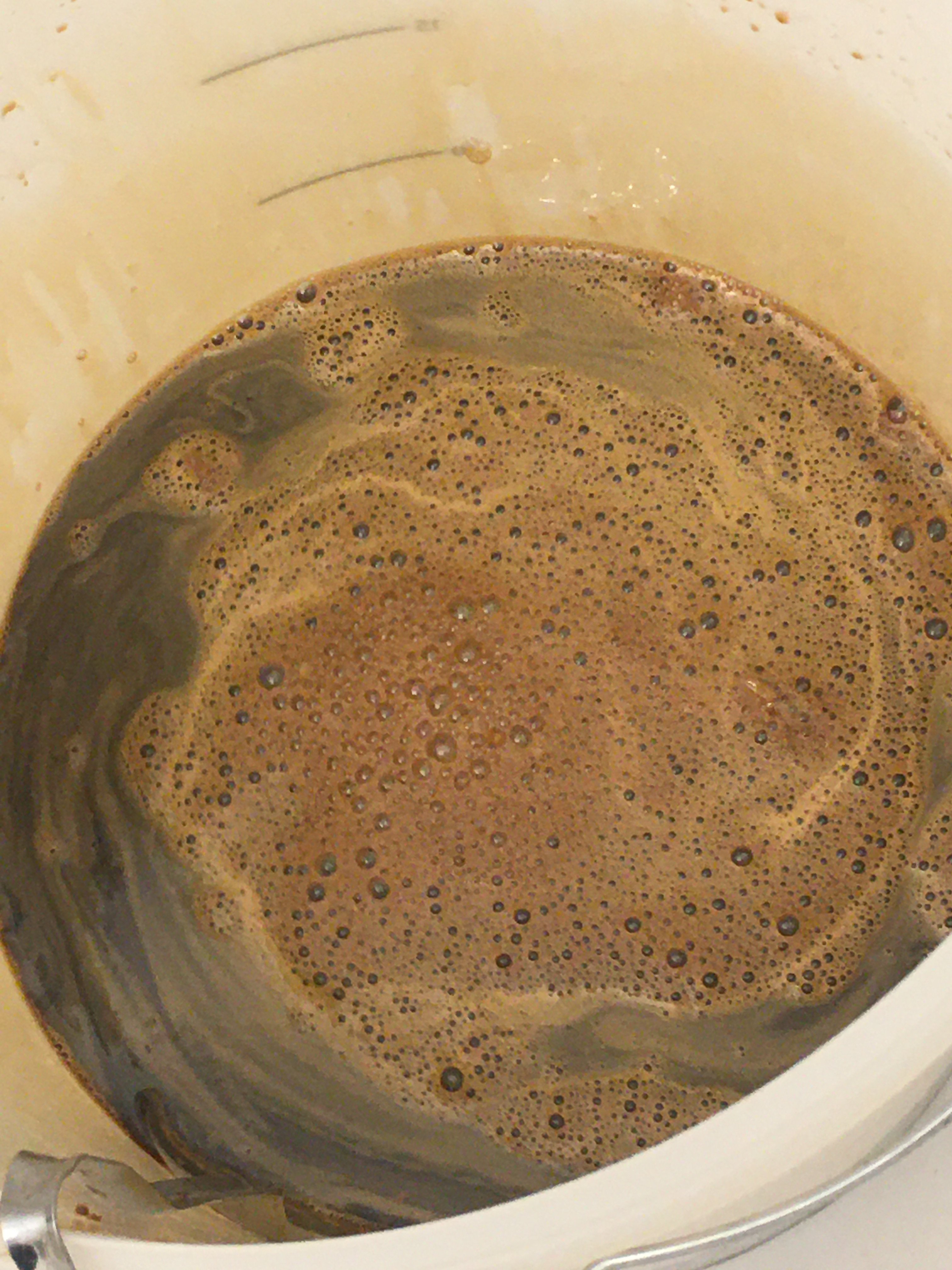JoeWebDesigner
Active Member
So my first attempt at brewing a stout was a roaring success.
I used the Wilko Chocomeister Stout kit, and after research added extra sugar and extra spray malt etc and ended up with a much stronger than advertised beer that was utter delicious, but not very sparkling.
Nonetheless I loved it and so did my eldest son. I wanted to order another kit and make a second batch, however Wilko have sold out, so I managed to get in touch with a local company that are just closing their business and bought from him a more advanced kit.
This one is a BRUPAKS Pride of Yorkshire Black Moor Stout from their micro brewery Series.
It contains 2 Cans weighing 3kg unlike the 1.8 kg single can kit first time around.
It also contains a bag of hops and a bag of yeast.
I will be using the same basic method as I did last time (See my other thread for details)
The exact same Bucket and Barrel etc ( the Last beer is almost gone already - who know that 40 pints would only last a few weeks....)
I would like to know if anyone could advise how to get a better head on this beer than last time? It tasted divine, but just lacked a head and wasn't very sparkling.
This is the new Kit...


And this time 1 Kilo of Dark Malt Extract:

I used the Wilko Chocomeister Stout kit, and after research added extra sugar and extra spray malt etc and ended up with a much stronger than advertised beer that was utter delicious, but not very sparkling.
Nonetheless I loved it and so did my eldest son. I wanted to order another kit and make a second batch, however Wilko have sold out, so I managed to get in touch with a local company that are just closing their business and bought from him a more advanced kit.
This one is a BRUPAKS Pride of Yorkshire Black Moor Stout from their micro brewery Series.
It contains 2 Cans weighing 3kg unlike the 1.8 kg single can kit first time around.
It also contains a bag of hops and a bag of yeast.
I will be using the same basic method as I did last time (See my other thread for details)
The exact same Bucket and Barrel etc ( the Last beer is almost gone already - who know that 40 pints would only last a few weeks....)
I would like to know if anyone could advise how to get a better head on this beer than last time? It tasted divine, but just lacked a head and wasn't very sparkling.
This is the new Kit...


And this time 1 Kilo of Dark Malt Extract:

Last edited:



































![Craft A Brew - Safale S-04 Dry Yeast - Fermentis - English Ale Dry Yeast - For English and American Ales and Hard Apple Ciders - Ingredients for Home Brewing - Beer Making Supplies - [1 Pack]](https://m.media-amazon.com/images/I/41fVGNh6JfL._SL500_.jpg)




























